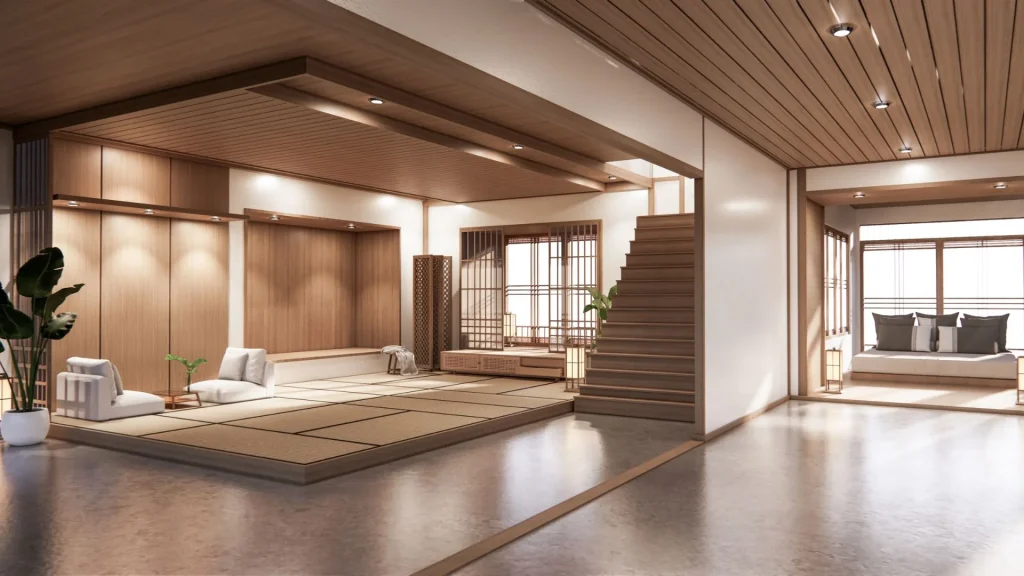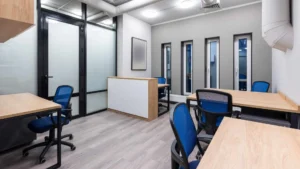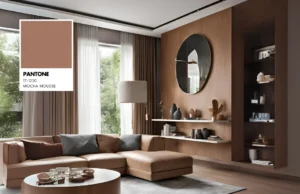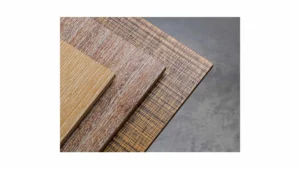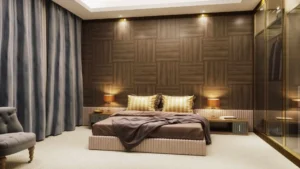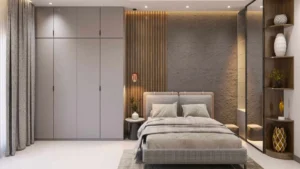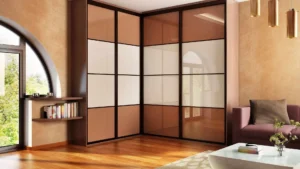In interior design, the interplay of texture and pattern is essential for shaping a space’s ambience and visual appeal. These elements significantly influence a room’s feel and appearance. Home Interiors can be transformed by thoughtfully incorporating texture and pattern, yielding stunning results. Let’s explore their impact on design.
Accent Walls and Furniture
Incorporating texture and pattern through accent walls and statement furniture pieces draws attention and sets the tone for the entire room, creating a cohesive and intentional design statement. A wall panelled with richly textured veneers becomes a striking feature. Similarly, a veneer-clad table or a patterned sofa can be a stylish centrepiece, adding tactile interest and visual appeal.
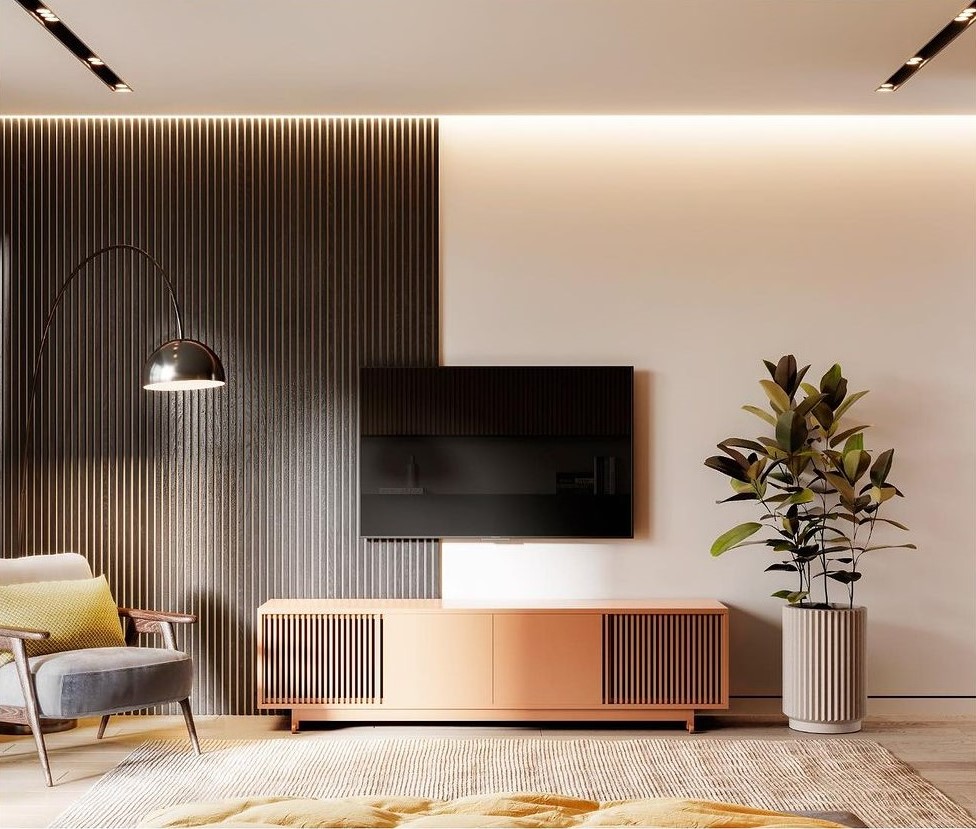
Layering Textures
Layering different textures in a room adds dimension and complexity. Consider using a combination of rough and smooth textures. Pairing subtle wood grains with bold patterns can create a balanced and harmonious look. The key is maintaining a cohesive colour palette and ensuring the patterns and textures complement rather than compete. For example, pairing a rough-textured veneer coffee table with sleek metal or glass accents enhances visual interest.
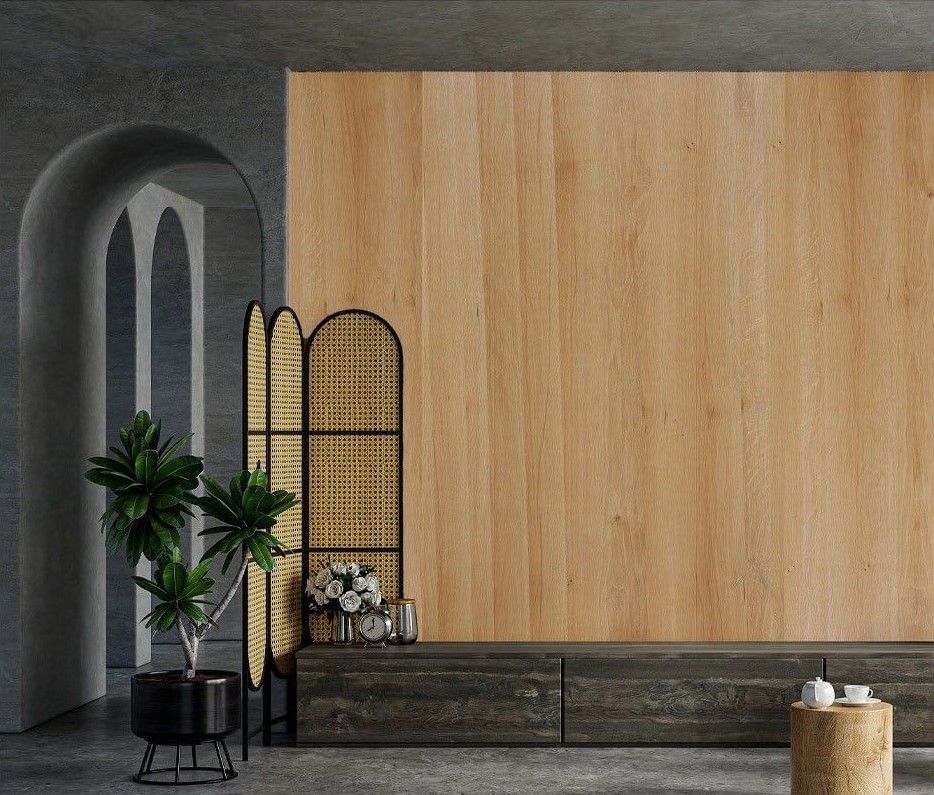
Also Read: Textured Veneers in Interior Design Trends
Making Design Elements Stand Out
Enhancing architectural features with texture and pattern boosts their prominence and aesthetic appeal. Patterned or textured veneers can transform ceilings, especially in rooms with high ceilings, making them standout features. Similarly, textured veneers or intricate patterns can turn fireplace surrounds into striking centres in living or family rooms. Built-in shelving units with textured or patterned back panels add depth and create unique backdrops for displayed items. In open-plan spaces, veneered panels or patterned screens serve as decorative room dividers, combining functionality with visual appeal.
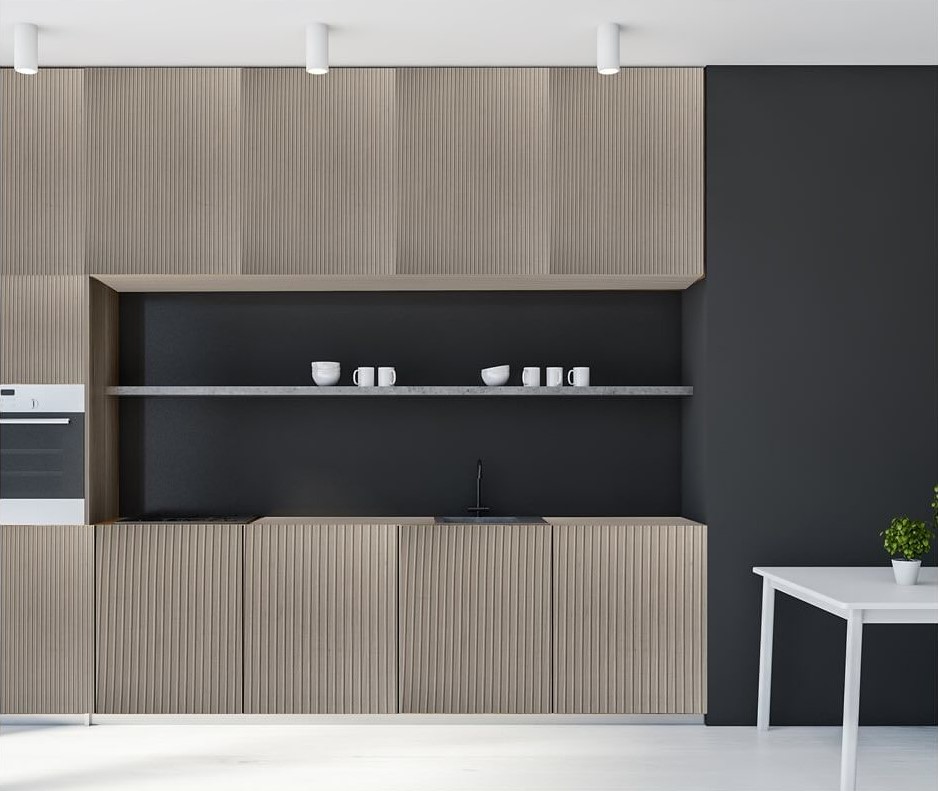
Playing with Colour Variation
Colour variation in texture and pattern can significantly impact a room’s aesthetic. Mixing natural-coloured veneers with dyed veneers creates a vibrant, dynamic look. This combination introduces unexpected pops of colour and contrast. For instance, adding dyed veneer accents can inject life and personality without overwhelming a neutral-toned room. This technique is particularly effective in modern or eclectic interiors.
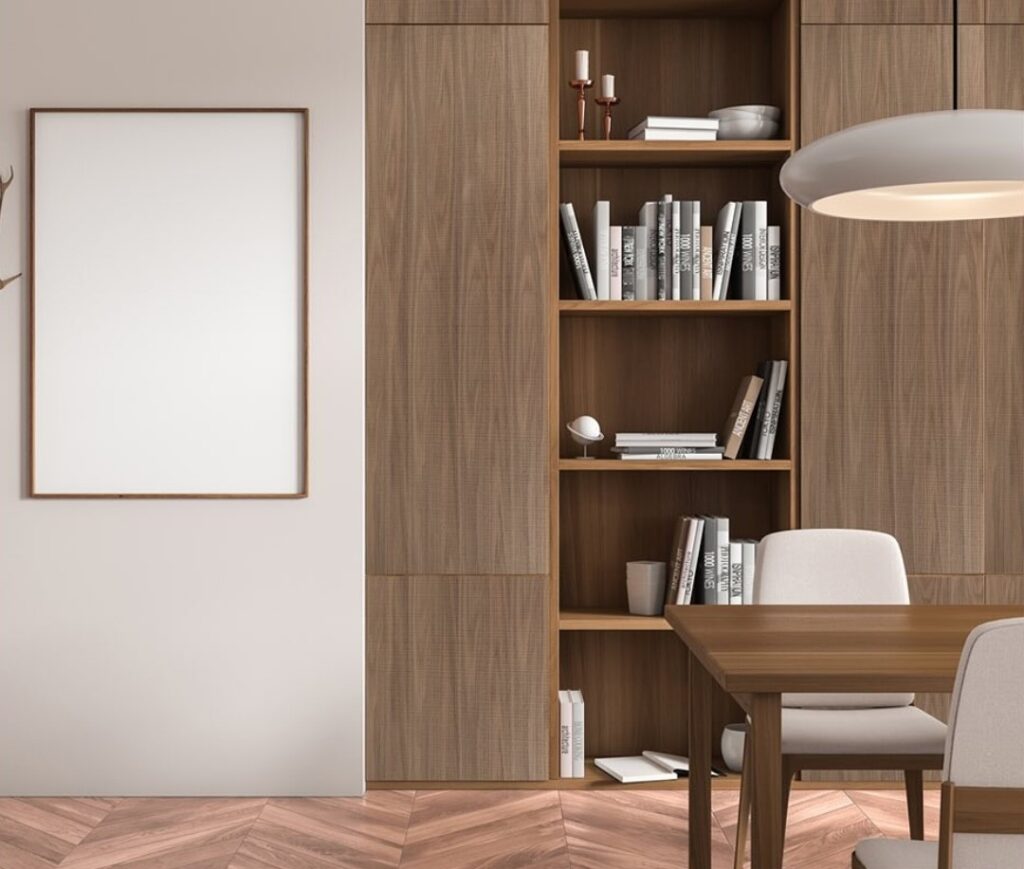
Also Read: Exploring the World of Decorative Veneers: Trends and Inspirations
Using textures and patterns in interior design enhances both aesthetics and functionality. These elements guide movement within a room, draw attention to critical areas, and create balance and harmony. The true beauty of interior design lies in how textures and patterns interact to transform a space.
